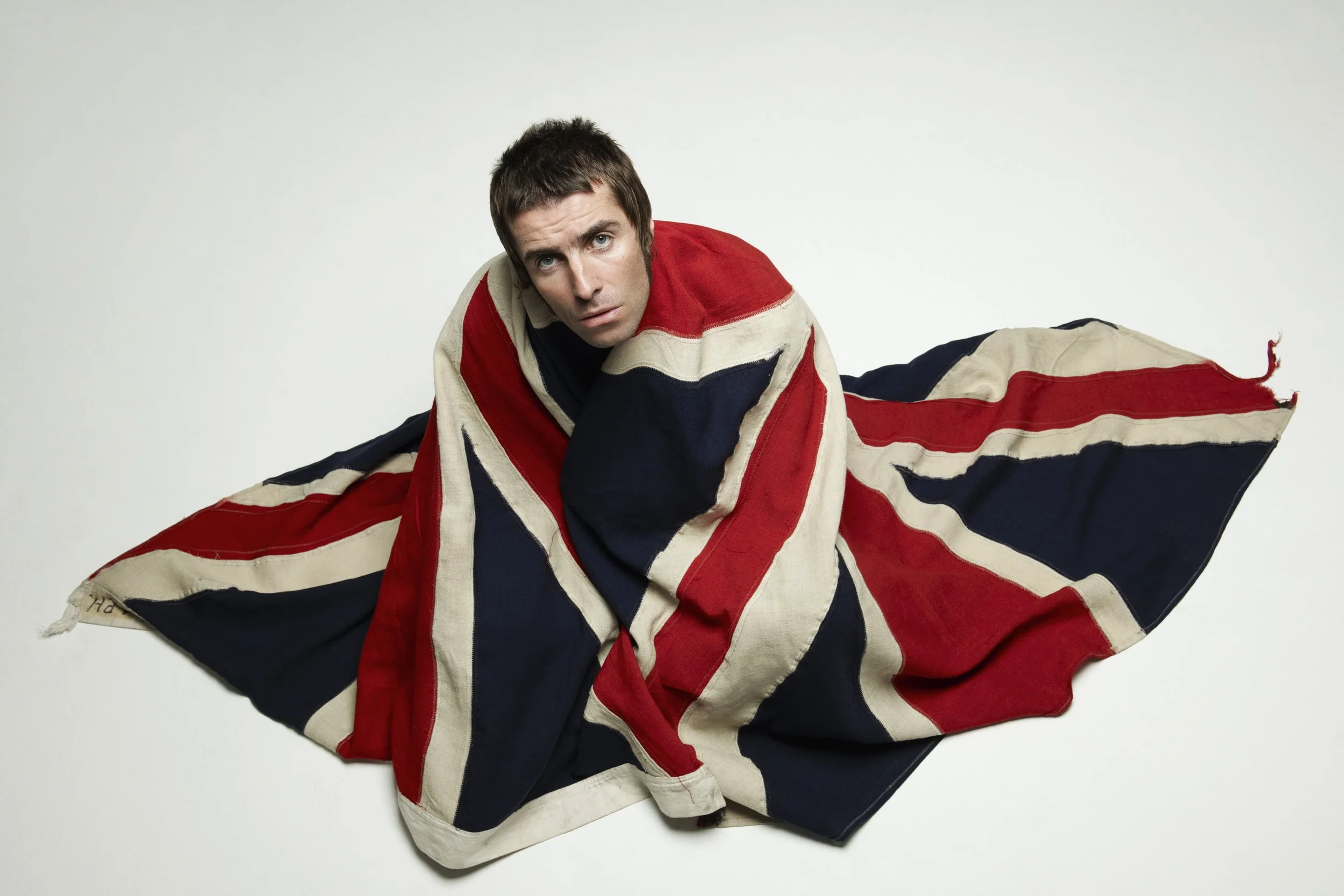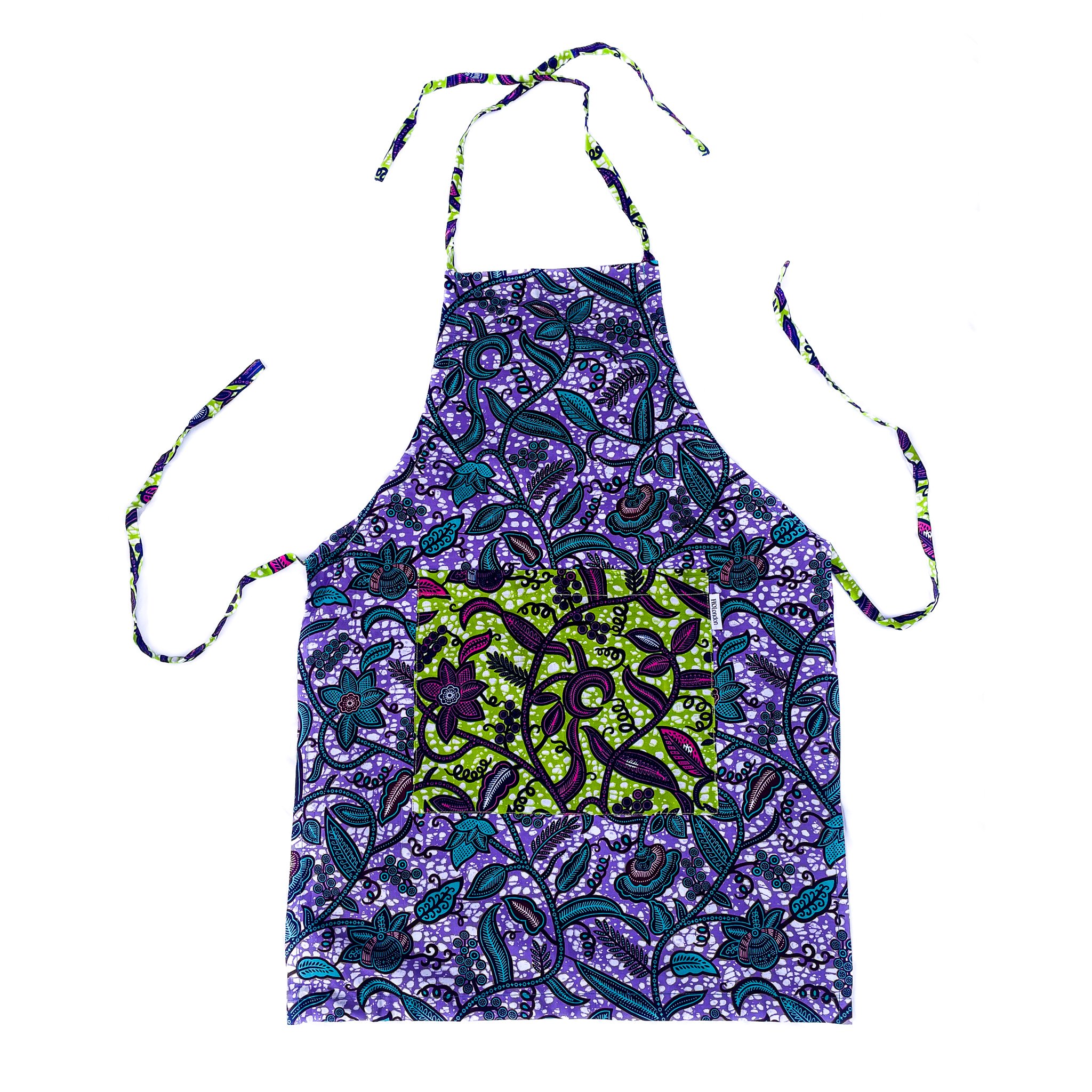In conversation with Sam Winston
“I think an artist’s job, in part, is to look outside of their field and to bring in something new, unseen.”
- Sam Winston
Headshot of artist Sam Winston. Image courtesy of Sam Winston
Sam Winston is an artist based in East London. His practice is concerned with language and the many ways we encounter it. He employs a variety of different approaches including drawing, books, participatory projects and poetry. He was initially known for typography and artist’s books.
His work operates at the intersection of visual culture and literature and has ranged from mass market books to very intimate drawing projects. Tate Britain, the British Library and the Library of Congress in Washington, D.C, among others, hold a selection of his works in their permanent collections.
Winston has designed a free family trail for the Southbank Centre's Imagine Children's Festival, based on his latest book One & Everything (8-17 February 2023). The book was inspired by the Endangered Alphabets project and is aimed at preserving cultures by sharing their unique scripts.
How did your journey into art begin?
I think it would be accurate to say that it’s more of a case that it didn’t stop. Most people’s journey into the arts ends when they go to school. You either learn you’re not good (whatever good is!?) or through parents or teachers subtly reinforcing that art is a secondary, non-important subject. I was lucky in that I somehow avoided most of those people and ended up first at a Rudolf Steiner school and then at art school. I think a lot of people find art again when they retire, which is both great but also a little sad.
How would you describe your artistic style? Would you say there is a recognisable characteristic?
To be precise, I am interested in when language goes wrong, the things we can’t say, that moment where words fail. It’s the space between the words that gives us meaning and I am trying to find ways to express that in images and writing.
Cover of book One and Everything. Artist Sam Winston. Image courtesy of Sam Winston
What is the inspiration behind One and Everything and what do you hope people will get from it?
The first book project I worked on (A Child of Books) was translated into 23 languages. Watching that process of the book travel (and change meaning) into all these different languages and alphabets fascinated me. I was also aware about language loss and wanted to know more about that. The final piece of inspiration was an insight I had some time ago; It takes a change of perspective to change our world. All of those were mixed together to make this book.
I hope the book sheds light on the many endangered alphabets, beautiful letterforms, and mysterious scripts we should celebrate and preserve.
It’s a tale about a story that goes around eating all the other stories and was inspired by the Endangered Alphabets project and the Endangered languages archive. It uses writing systems such as cuneiform and Tibetan, Egyptian hieroglyphs and Ogham. Often when we think about diversity, the mind doesn’t naturally go to alphabets - but for a culture to exist, it must be seen.
50 scripts to be found in One and Everything. Artist Sam Winston. Image courtesy of Sam Winston
What messages and themes do you try to communicate in your work?
A couple of things I hope run through all my image-making is craft, process and time. By making sure I slow down and really commit to a picture, I hope to learn something from that process. So, whilst I am always looking for the work to have a cultural conversation, I am also wanting to learn a bit more about my own creative practice.
Tell us more about preserving endangered languages and the UNESCO Decade of Indigenous Languages.
The thing that still blows my mind is that writing is so young in comparison to the human story. To the best of our knowledge full writing systems did not appear until a few thousand years ago. This means writing has only happened for a tiny percentage of our species’ lifespan.
UNESCO Decade of Indigenous Languages is a global community that’s working towards the preservation, revitalisation and support of indigenous languages worldwide. Today it’s believed more than half the world’s population speaks one of only twenty-three languages from the thousands in existence and a lot of the smaller languages are under threat.
Do any past or current artists/novelists inspire you?
Shivitti: A Vision by by Yehiel De-Nur – less as a piece of literature but more of an exploration of what it is to be human... the tragedies and the light of our lives. This book certainly explores this full gamut.
Bernie Glassman – a Zen teacher and social activist that certainly operated outside of conventional societal norms. His way of learning and exploring life was /is deeply impactful.
Italo Calvino’s book Invisible Cities – for its continued revisiting of landscape memory and storytelling. His loose hold of language to point at something significantly larger is always inspiring.
Irma Blank – her beautiful language drawings and especially the books she makes.
What is your creative process?
I think one of my main points is that words are images too. We often discard the typography to get to the message, but I think we lose a lot when we do that. I am constantly looking for places where words come into being. That can be anything from a typewriter, pencil, letterpress or printer and computer. In this particular instance, it was Adobe InDesign (so computer). The program isn’t something traditionally used for Illustration but I find the results interesting.
Which current trends in the art world are you following?
I think an artist’s job, in part, is to look outside of their field and to bring in something new, unseen. Where we are as a culture, it might be useful to look towards what isn’t being followed or seen right now.
What is the best advice you have ever received?
The note that I have on my fridge is ‘cultivate what surrounds you’. We become what is around us.
Illustration from One and Everything. Artist Sam Winston. Image courtesy of Sam Winston
Can you tell us about how the One and Everything Family Trail came together?
I had just finished writing / illustrating the book One & Everything and I spoke to Chris McCabe, the librarian at the National Poetry Library at the Southbank Centre (he has also worked a lot with endangered poems). We thought it would be a wonderful idea to create a series of images and activities to inspire us to learn more about world cultures.
We want people (young and old) to discover mysterious scripts, secret alphabets and hidden stories. I hope that people will learn about the world’s languages and see how our human stories have always been told through colour, pattern and the bold imaginations of young people.
The One and Everything Family Trail will run from 8-17 February 2023 during the Southbank Centre’s Imagine Children’s Festival. This event is free and for ages 2-11. SouthbankCentre.co.uk
Website: samwinston.com
Instagram: @samwinston_
Twitter: @samwinston_










